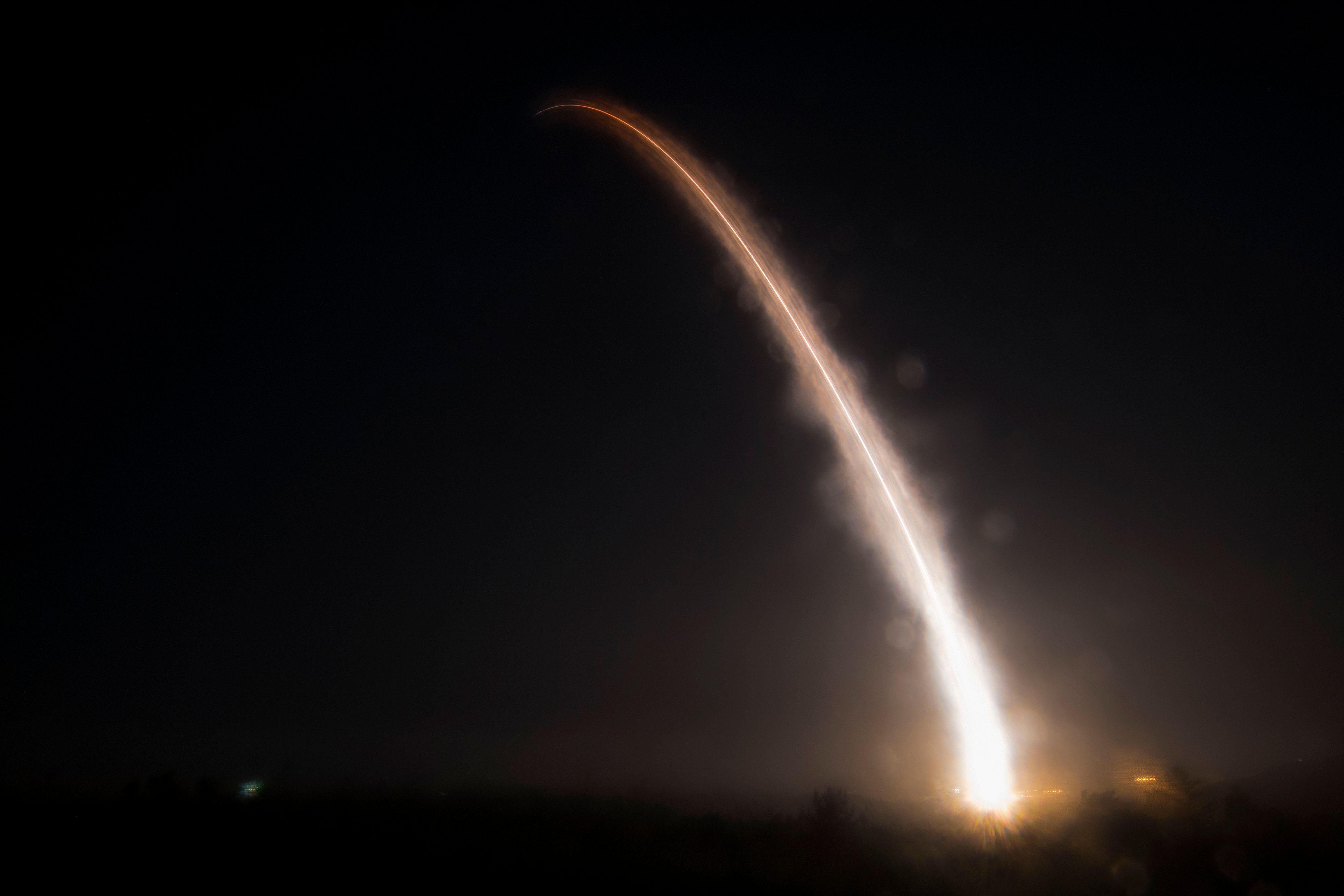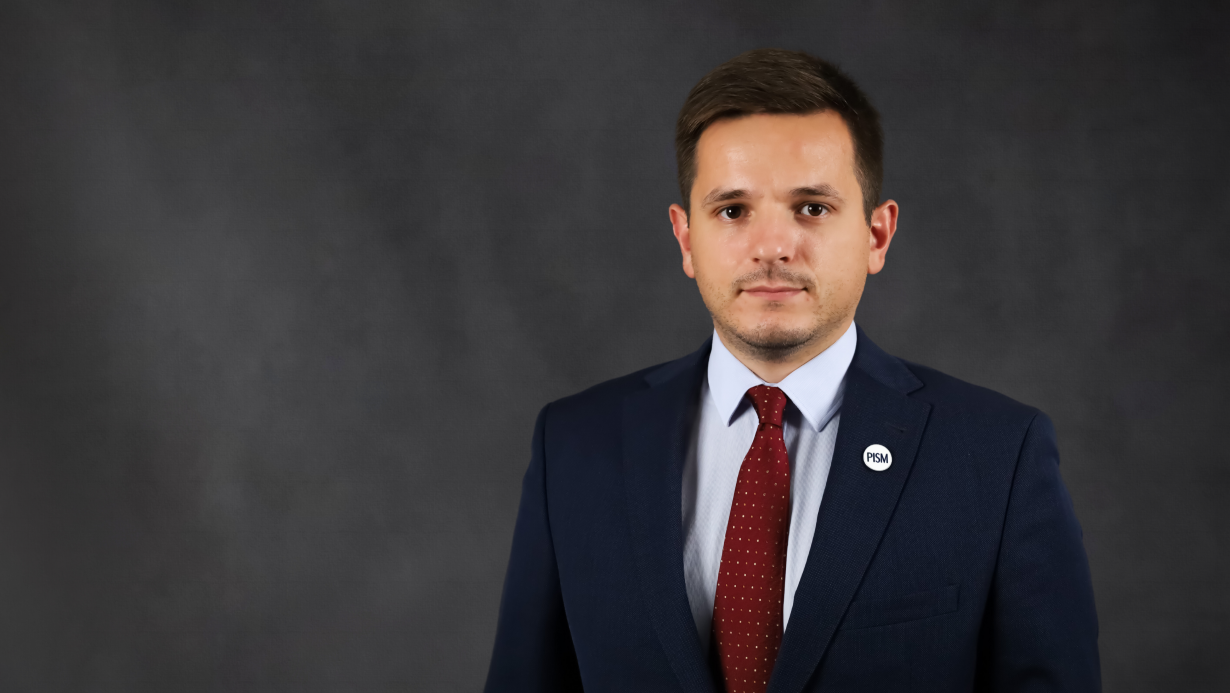Prospects for U.S.-Russia Nuclear Arms Control under the Biden Administration

Although the talks had intensified before the U.S. presidential elections in November, the countries failed to agree an extension of the 2010 New START. It is currently the sole agreement limiting American and Russian nuclear forces, which together account for around 90% of all nuclear warheads in the world. New START allows the state-parties to possess no more than 700 deployed delivery systems of intercontinental range (ballistic missiles and heavy bombers), which can be armed with up to 1,550 deployed warheads. It also obliges the state-parties to exchange information about these forces and host inspections aimed at verification of this data. The treaty is set to expire on 5 February 2021, but the two countries can swiftly agree its extension after Biden takes office on 20 January.
Developments during the Talks
Russia has been seeking an unconditional extension of the New START, preferably for five years—the longest period allowed by the treaty—but the U.S. has been opposed to it. Trump criticised New START as yet another bad deal for the U.S. made by former President Barack Obama. The Trump administration argued that the accord does not limit all Russian nuclear forces, including its large arsenal of non-strategic (shorter-range) weapons, capable of striking U.S. allies and forces in Europe and Asia. Russia also has been introducing additional delivery systems of this type, such as the 9M729 cruise missile produced in violation of the Intermediate-range Nuclear Forces (INF) Treaty. The U.S. has also stressed that Russia is developing nuclear-powered, intercontinental-range systems not covered by New START (Poseidon underwater drones and Burevestnik cruise missiles). Moreover, the Trump administration has underscored that the treaty does not include China, which has been expanding its nuclear forces.
The Trump administration sought to negotiate a new trilateral treaty limiting (although not clear in what way) all types of nuclear weapons. However, China rejected the American calls for it to join the U.S.-Russia talks in the summer, arguing that the U.S. and Russian nuclear forces are many times bigger than its arsenal. Russia refused to put pressure on China in this regard, but stressed that potential multilateral talks should also include France and the United Kingdom (the U.S. countered that, unlike China, the nuclear forces of these countries are not expanding). At the same time, Russia declared readiness to negotiate the next treaty solely with the U.S. but also warned that it should take into account Russian demands and that there was not enough time to conclude such talks before the expiration of New START.
In effect, the U.S. began to seek a temporary agreement with Russia. It was supposed to provide additional time for reaching a full-fledged bilateral treaty, which could be later joined by China. This shift seemed to stem largely from Trump’s desire to present such an agreement to the voters as an achievement, as the U.S. insisted on finalising it precisely before the elections. In October, Russia tentatively agreed on the American proposal, under which both countries would extend the New START for a year but also commit not to increase the overall number of nuclear warheads of all types during that period. Eventually, however, an agreement was not reached. Russia rejected an additional U.S. condition to work out a regime to monitor the implementation of the new commitment (among other arguments, it criticised the proposed measures as too intrusive). The U.S. argued that an unverifiable political declaration by Russia freezing warhead numbers would not be credible.
New START and Biden
As a candidate, Biden announced that he as president would first unconditionally extend New START and then negotiate new agreements on that basis. Like Republicans, Democrats share the desire to regulate all types of Russian and Chinese nuclear weapons but insist that such efforts should not harm New START. They have stressed that New START imposes limitations on most Russian systems capable of striking the U.S. Their concern is that its expiration and lack of a replacement treaty could trigger an expensive and dangerous arms race. In turn, the Trump administration openly declared its readiness to undertake and win any new arms race, thus trying to exploit the risk of New START’s expiration to extract concessions from Russia (and China).
Given Biden’s and Russia’s common approach to New START, its extension is expected. A 5-year prolongation would be a natural solution, as both the Democrats and Russians have called for it. Nonetheless, Biden has not taken a clear position on the length of the extension. It is possible that the new administration will conclude that a shorter period may make it easier to induce Russia to work out the next agreement before the 2024 U.S. presidential elections. On the other hand, it is highly unlikely for Biden to propose only a one-year extension. This would provide little time for talks on the next nuclear arms control treaty, which will be difficult (although not impossible) to negotiate in any case.
Challenges for Follow-on Arms-Control Talks
After New START’s extension, Biden may try not only to limit new Russian intercontinental systems (Burevestnik, Poseidon) but also to negotiate further cuts in overall strategic forces with Russia. Among the Democrats, there have been increasing calls to trim the U.S. nuclear forces modernisation programme on the grounds that it is too expensive. The new administration will most likely also attempt to limit Russian non-strategic nuclear weapons and warheads held in reserve.
Russia clearly cares about preserving the constraints on American strategic forces for military and financial reasons, but also wants to limit various non-nuclear U.S. capabilities. It cites first and foremost missile-defence systems (as well as advanced precision-strike missiles, among others). Russia claims that such weapons could weaken its retaliatory capability and undermine the nuclear balance. Neither the Obama nor Trump administration accepted limitations on missile defences, and even if Biden is willing to consider such a move, it would be strongly opposed by Republicans in Congress. Russia is likely to set particularly high demands in return for limitation of its non-strategic nuclear weapons. It has been long reluctant to discuss them and has conditioned the very launch of such talks upon the withdrawal of much smaller U.S. forces of this category (B61 bombs) from Europe.
American interest in bringing China to the arms-control process will persist, as the country is seen as the biggest U.S. competitor by both Republicans and Democrats. However, given the asymmetry of nuclear forces, Biden will most likely seek new solutions and formats, instead of trying to include China in the U.S.-Russia talks regarding the follow-on to the New START treaty.
Implications for NATO
The expected extension of New START would be positive for NATO’s cohesion. It should soften the concerns of some European politicians about the U.S. dragging Europe into an arms race with Russia, which were expressed, for example, following the U.S. withdrawal from the INF Treaty. Countering such narratives will be important for maintaining and adapting NATO nuclear deterrence, especially with regard to the debate in Germany on whether the country should continue to host U.S. nuclear bombs and provide aircraft for their delivery.
NATO’s security could be affected more directly by the U.S.-Russia talks on follow-on nuclear arms-control measures. It would be beneficial for the Alliance if the U.S. managed to convince Russia to verifiably limit, and preferably reduce, non-strategic nuclear weapons. At the same time, the negotiations might also concern U.S. capabilities of direct importance to deterrence in Europe, including reductions of nuclear weapons based there. In case of a deadlock in the negotiations, Russia could also attempt to convince the U.S./NATO to make unilateral (not treaty-based) concessions in areas such as missile defences or the potential deployment of U.S. conventionally armed intermediate-range missiles in Europe. It is in the interest of Poland and NATO as a whole that the U.S. closely consult arms-control initiatives with its allies and that any measures remain coherent with the Alliance’s deterrence and defence efforts.


